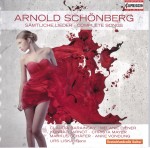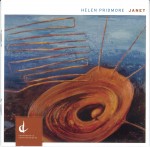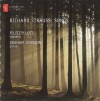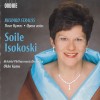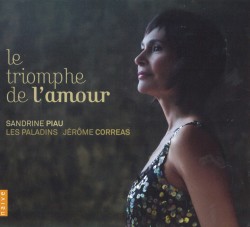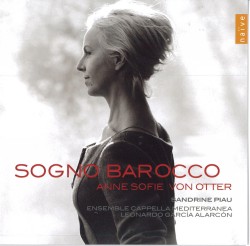Yo soy Maria - Marie-Josée Lord
 Yo soy Maria
Yo soy Maria
Marie-Josée Lord
ATMA ACD2 2663
Yo soy Maria is the follow-up album to the JUNO-nominated, stunning debut, self-titled Marie-Josée Lord. As such, it may display just a touch of the sophomore slump. Lord is a popular artist. She makes that very clear at every appearance, including the recent, standing room only and filled with standing ovations, Toronto debut at Koerner Hall. She rejects the label of opera diva in her pre-concert intro and later interjections from the stage. Whatever her protestations (which the audience clearly loved), SHE IS A DIVA. That is mostly by virtue of her incredible voice, the sharp-as-a-blade, soft-as-velvet dramatic soprano that absolutely amazes not just with its power and range, but most of all, the precise control so apparent in the quiet moments. If you were to combine the voices of Jessye Norman and Renée Fleming, with a dash of Maureen Forrester, you just might create something akin to Lord’s apparatus, but it is very much an original voice, not imitating or emulating anyone else.
Lord embraces music of all provenance, from operatic arias to popular songs and renders it all her own. On her new album, the eyebrow-raising chestnuts such as Besame mucho sound interesting all of a sudden. Kyrie from Misa Criolla is a tour de force, but the Aria from Bachianas Brasileiras No.5 does not reach the sublime heights achieved by Bidu Sayao or Arleen Auger. Overall, I still get the impression that Lord is most comfortable in French, her native tongue. Despite that, in concert she was a credible Violetta and incredibly moving Rusalka. Something tells me a third album is afoot. It will, of course, be a bestseller, just like the other two. She is, after all, a popular artist with a fantastic voice.




